|
A few days ago I visited the nearby Museum of the Bible that opened in November near the National Mall. It is on the same block as the Fed Center Metro. This huge museum building in itself is a beautiful work of art and technology, even in the elevators and hallways. After five hours on this scouting expedition, I intend to return in a few weeks to give more attention to items I skimmed and to catch new presentations. Coincidentally, the Surge kids just started lessons on what the Bible is and reasons to trust the Bible. We kids have learned to read and write the first few letters of the Hebrew and Greek alphabets, and thus better appreciate the careful work of scribes and their dedication to preserving the written word. The Museum of the Bible has activities for energetic preschoolers, shows for media-savy teens, paintings and music for artists, and ancient artifacts for ancient dilettantes like me. This collection of tablets, parchments, and paper tends to be surprisingly lively and approachable. I smiled when I found surrounded by scrolls a kippah-wearing scribe paused in his writing. He was discussing the significance of Jewish celebrations with an earnest middle school girl who thought she knew a lot from Bible school. When I came by fifteen minutes later they still were chatting. Around a third of the exhibits concern the “Old Testament”, its stories, peoples, forms of writing, and transmission. Another third similarly deals with the “New Testament”. The remaining third mostly presents how the Bible has influenced art and society throughout history. Some exhibits are immersive multi-media shows. Many display artifacts or copies of the originals. There are paths, alcoves, and sit-down theaters with recreations of Bible life, enhanced by wandering actors to explain and engage. I enjoyed art from all periods, including provocative recent creations such as modern illuminated Bibles and a huge video table that cleverly and warmly shows how families all around the world honor God as they sit to have a meal. This shiny new Museum of the Bible necessarily relies on a larger proportion of replicas than the American History museum or Air and Space museum just a few blocks away. If you want to see the oldest copies of Biblical texts, say from 150 BC to 300 AD, you’ll need to visit Israel, Rome, Dublin, London, or wherever a collector has latched onto some ancient fragment. Fortunately, the local Museum of the Bible has arranged rotations of precious documents from Israel, the Vatican, and elsewhere. You’ll need to stay alert for the few weeks these visit. The Smithsonian and other museums also have hosted such traveling exhibits. I’m more into the online images, but rarely fail to be impressed to see how tiny, how large, how sloppy, or how precise old handwritten Bible texts can be. Sometimes I find the history of an artifact more intriguing than the content. Toward such tastes the museum pitches Indiana Jones and CSI-flavored exhibits about archaeology. In some halls you can borrow iPads that can supplement the placards. I’m going to suggest to the new museum that they further open access to representative, detailed artifact history. They gather that anyway. I’d like to see more of that provenance online so I can prioritize items to visit or research further. The Museum of the Bible has responded constructively to suggestions and to snark. Originating from evangelical Protestant founders, it nevertheless continues to build exhibits that appeal to Jewish, Roman Catholic, Orthodox, and other perspectives of The Book. Many presentations deftly sidestep distracting issues of interpretation by framing content simply as, “the Bible says”. A movie clip mentioned Jesus as the theophany at the fiery furnace in Daniel; but this was in a section dedicated to the Bible’s influence on cinema, not one of the many videos produced for the Museum. In some “Old Testament” segments there are artistic references to types and shadows such as the “New Testament” develops. But generally the Museum seems inclined to let the book speak for itself. I may have overlooked it, but I expected more on canon and text selection, how whole books and individual phrases in the old manuscripts are approved. If you’re already aware of such concerns, you can see them touched on in the exhibits of the Gospel of Thomas, the Samaritan canon, the apocrypha, and so on. They’re not ignored, just not (yet) developed. Similarly, the exhibits concerning Bible translation are extensive and engaging, but they don’t quite confront typical challenges of translation. For example, should a translator use a culture’s existing words for “god”? Approaching the Bible is like approaching the ocean. One can wade in and play, or enjoy a long swim, dive deep, or sail far, yet never exhaust it. This new Museum of the Bible will have no end of fruitful work, and I look forward to visiting it again.
0 Comments
Leave a Reply. |
Our Writers:At The Surge we love doing things together... that includes writing a blog! Here are a few of our main contributing authors: Greg JohnsonJesus++ Dwaine DarrahOur fearless leader, Dwaine is the lead pastor at The Surge. His experience in counter terrorism with the CIA prepared him for ministry and he likes dogs and babies even more than E does. EE (short for Eric Reiss) is the Wingman at The Surge and likes dogs, music, Mexican food, his wife Karen and his little girl Evangeline... not necessarily in that order. Archives
June 2024
Categories
All
|
|
|
The Surge Community Church
Meeting Sunday Mornings at The State Theatre in Falls Church, 11:10am! Rebroadcast Available Sunday Evenings with SurgeOnDemand, 7:00pm! |

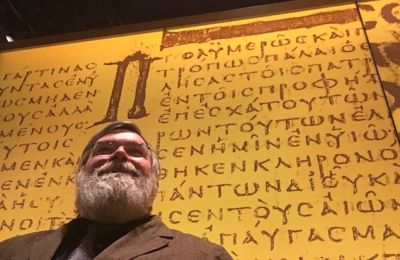
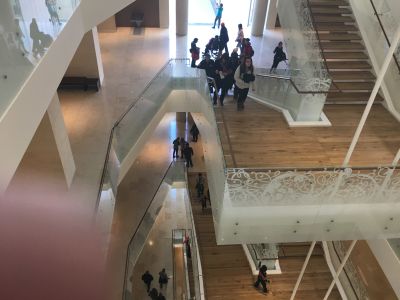
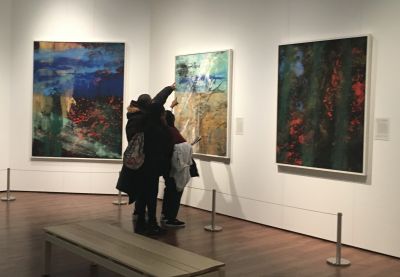
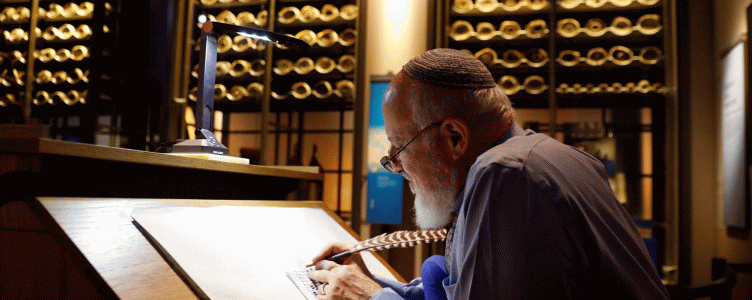
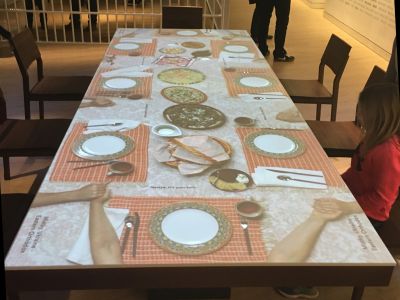
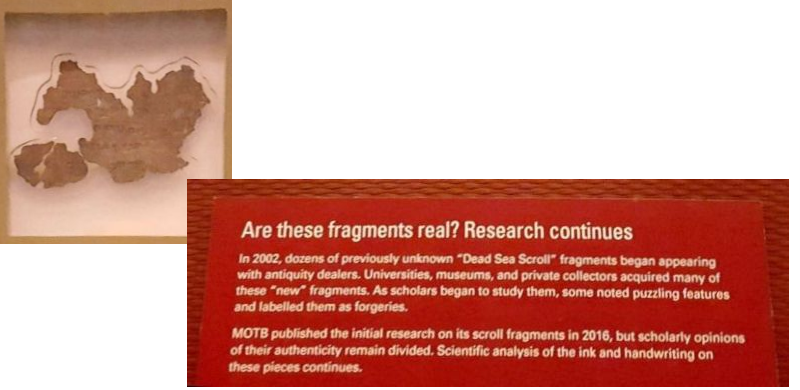
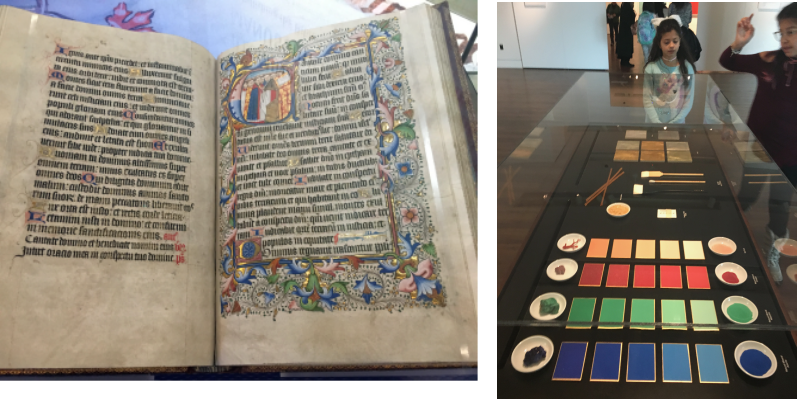

 RSS Feed
RSS Feed
